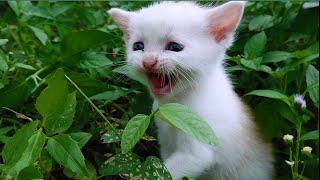The origin of the Persian cat can be traced back to ancient Iran, known as Persia. This breed is a popular domesticated animal in many parts of the world, as people are often drawn to their beautiful fur, round faces, and friendly personalities.
There are several types of Persian cats that come with different fur lengths, colors, and patterns. Some have straight fur, some have curly, and some have wavy fur. They can come in black, white, gray, brown, and cream colors, and even be two-toned or multi-colored.
Among the types of Persian cats are American, British, Himalayan, Exotic Shorthair, and Teacup Persians. American Persians are known for their shorter fur and requiring less fur maintenance. British Persians have a more calm personality and have longer fur. Himalayan Persians are a type that has white fur and blue eyes. Exotic Shorthair cats are a shorter fur type of Persian cat. Teacup Persians are mini Persians that are smaller in size than normal.
While Persian cats are a popular option for domestication, these breeds have special needs for remaining healthy. Because their faces are short, their nasal passages are smaller, and they are prone to respiratory problems. They also require some attention to fur maintenance. Regularly brushing their fur and giving them baths when needed help prevent shedding and skin problems.
For Persian cats to maintain a healthy life, regular veterinary checkups and appropriate nutrition are important. A good nutrition program ensures that cats have a healthy fur structure and maintain weight control. Additionally, regular veterinary checkups should be conducted to diagnose any health problems early.
In conclusion, Persian cats are among the popular domesticated animals in many parts of the world. They are known for their cute appearance and friendly personalities, and there are many different types of them. However, they have special needs for staying healthy






